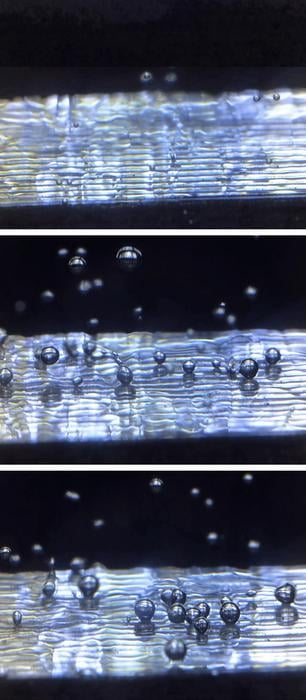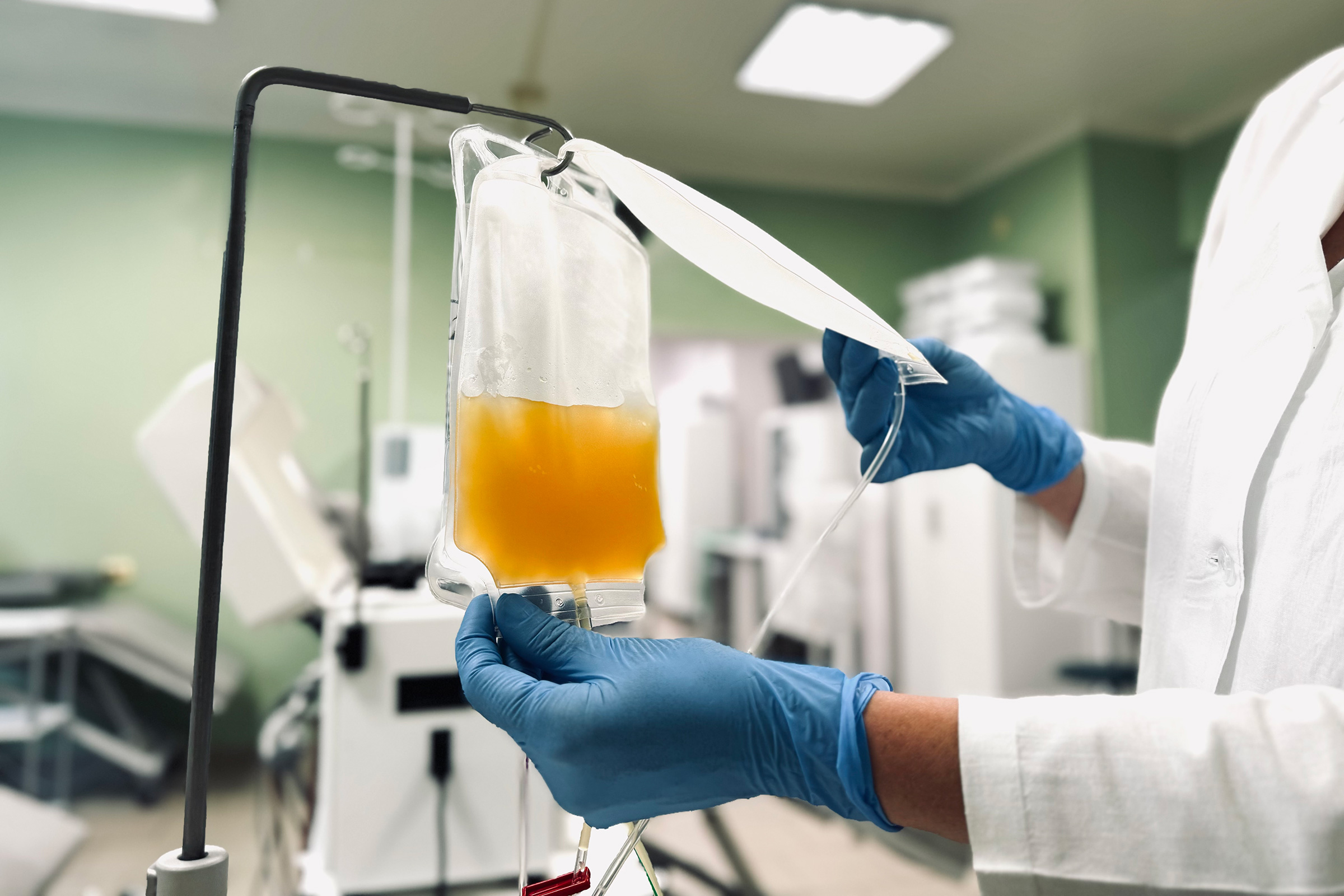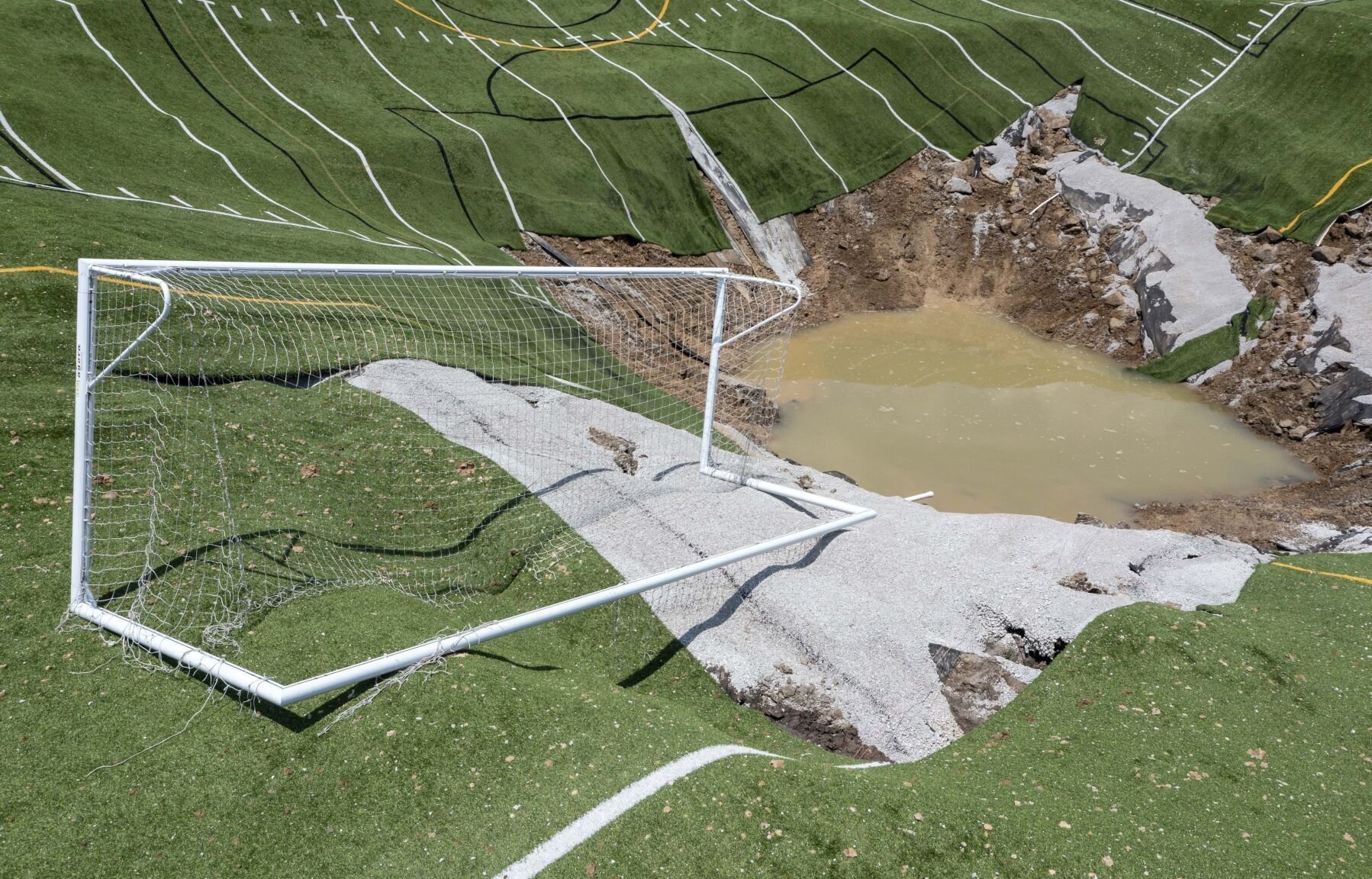Scientists are turning to parabolic flights to examine an electrolyzer that could be essential for missions to the Moon and Mars. With $500,000 in backing from NASA’s TechLeap Prize, the Southwest Research Institute and The University of Texas at San Antonio aim to bring viable resource production closer to reality in space exploration.
Parabolic Flights to Test Electrolyzer for Future Moon and Mars Missions

Key Takeaways:
- Parabolic flights provide a simulated low-gravity setting for testing space technologies.
- The Mars Atmospheric Reactor for Synthesis of Consumables (MARS-C) seeks to produce vital resources from extraterrestrial environments.
- NASA’s TechLeap Prize awarded $500,000 to this electrolyzer research effort.
- The Southwest Research Institute (SwRI) and UTSA co-sponsor the MARS-C project.
- Lightweight and efficient consumables production could revolutionize future lunar and Martian missions.
Introduction
Parabolic flights are offering scientists and engineers a fresh perspective on generating essential resources in space. This cutting-edge effort aims to refine an experimental electrolyzer for forthcoming human missions to the Moon and Mars, with the ultimate goal of making these missions more sustainable.
The Importance of Parabolic Flights
Parabolic flights replicate microgravity-like environments by flying planes in steep climbs and dives, creating short bursts of weightlessness. Researchers study how hardware performs under these conditions, gaining crucial data for eventual deployment outside Earth’s atmosphere.
The MARS-C Project
Known in full as the Mars Atmospheric Reactor for Synthesis of Consumables, the MARS-C project explores ways to produce necessary resources—like oxygen or other consumables—using atmospheric gases on Mars. Sponsored by the Southwest Research Institute (SwRI) and The University of Texas at San Antonio (UTSA), this cooperative venture enables researchers to combine expertise and resources in pursuit of groundbreaking solutions.
NASA’s TechLeap Prize Award
Advancing space technology often requires significant resources, and NASA’s TechLeap Prize has contributed $500,000 to support this critical research. This funding helps the team conduct parabolic flight tests while refining electrolyzer design and functionality, addressing one of the greatest hurdles to sustainable human presence on the Moon and Mars.
Implications for Lunar and Martian Missions
Reducing reliance on Earth-based supplies is essential for deep-space travel. If the project’s electrolyzer system proves efficient in low-gravity environments, astronauts could generate vital consumables locally. The resulting technologies might bring long-distance space exploration closer to reality and cut mission costs dramatically by lessening payload weight.
Looking Ahead
Researchers hope these tests will yield a new generation of compact, lightweight electrolyzers suited to space environments. Future refinements could potentially help in creating oxygen, water, or even fuel directly on the lunar or Martian surface—one step closer to a sustainable human presence beyond Earth.











